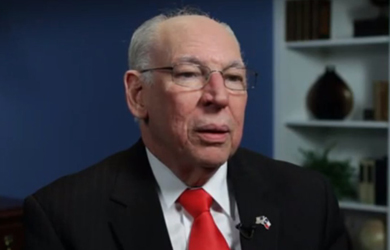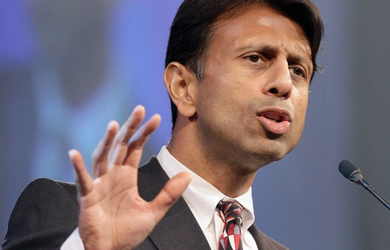A new report by the Center for Disease Control and Prevention found that the birthrate among teenagers in 2009 has fallen to a historic new low. Even though the teen birthrate experienced a dramatic decline during the 1990s, it began increasing again in 2000. Experts mainly pointed to the economic recession and changes in the job market that have disproportionably impacted young people. Bill Albert of the National Campaign to Prevent Teen Pregnancy explained that teens may have been impacted by the recession hitting close to home: “Their parents might be struggling to make house payments. They might know neighbors who have lost jobs and can’t find jobs.” In addition, lower immigration rates may have also contributed to the reduction.
But now organizations that back abstinence-only-until-marriage school programs, including the National Abstinence Education Association and the Family Research Council, are trying to twist the data to show that their opposition to comprehensive sexual education has paid off:
“These trends show that the risk-avoidance message of abstinence has ‘sticking power’ for young people,” said Valerie Huber of the National Abstinence Education Association. “This latest evidence shows that teen behaviors increasingly mirror the skills they are taught in a successful abstinence education program.”
Huber and others noted that the Obama administration has significantly reduced funding for abstinence-focused programs.
“With a change in policy away from abstinence education, we may expect to see a reversal of the teen pregnancy birthrate in the years to come,” said Jeanne Monahan of the Family Research Council.
However, the CDC study does not credit abstinence-only programs, and doesn’t even mention “abstinence.”
According to the Sexuality Information and Education Council of the United States (SIECUS), while “abstinence-only-until-marriage [programs] have been around for well over 25 years” there “are still no published studies in peer-reviewed journals that shows that these programs are effective.” In fact, a recent study in the Journal of Adolescent Health found that “adolescents who received comprehensive sex education had a lower risk of pregnancy than adolescents who received abstinence-only or no sex education.” In addition, a study conducted by Mathematic Policy Research on behalf of Congress found that abstinence-only programs “show no significant impact on teen sexual activity” and “no differences in rates of unprotected sex.”
Since peer-reviewed examinations into the effectiveness of abstinence-only programs continue to show that abstinence-only curriculums have completely failed to meet their goals of reducing sexual activity and teen pregnancy, abstinence-only advocates now are trying to distort a study that doesn’t even mention abstinence to prove the efficacy of their programs.








